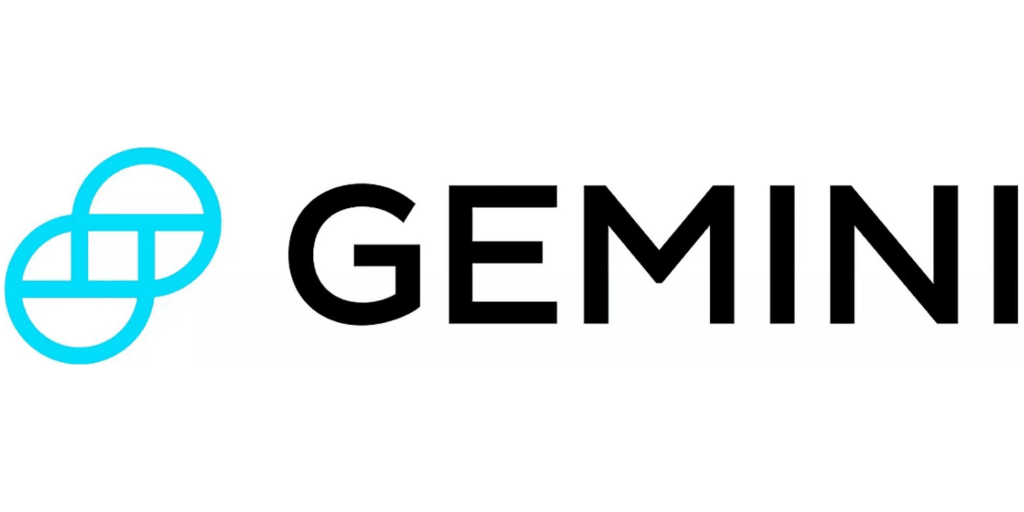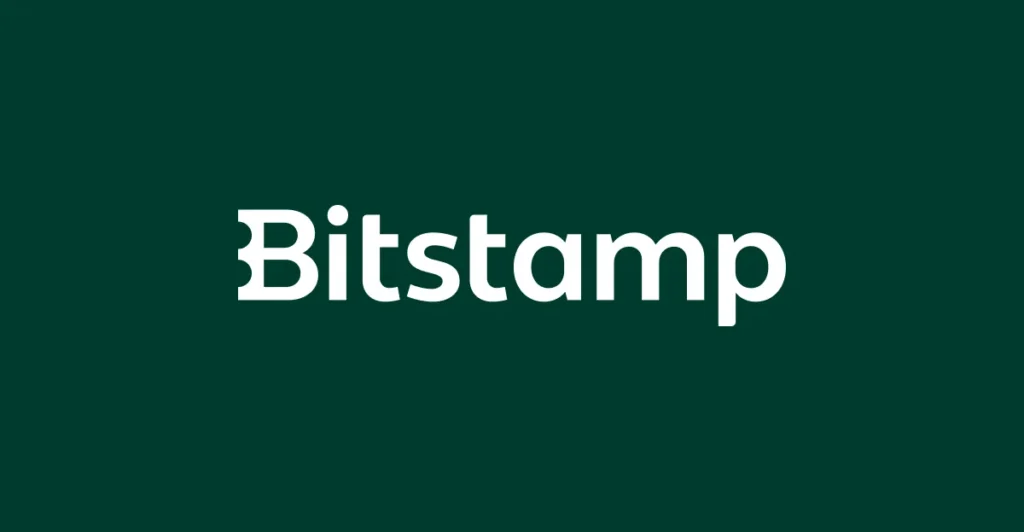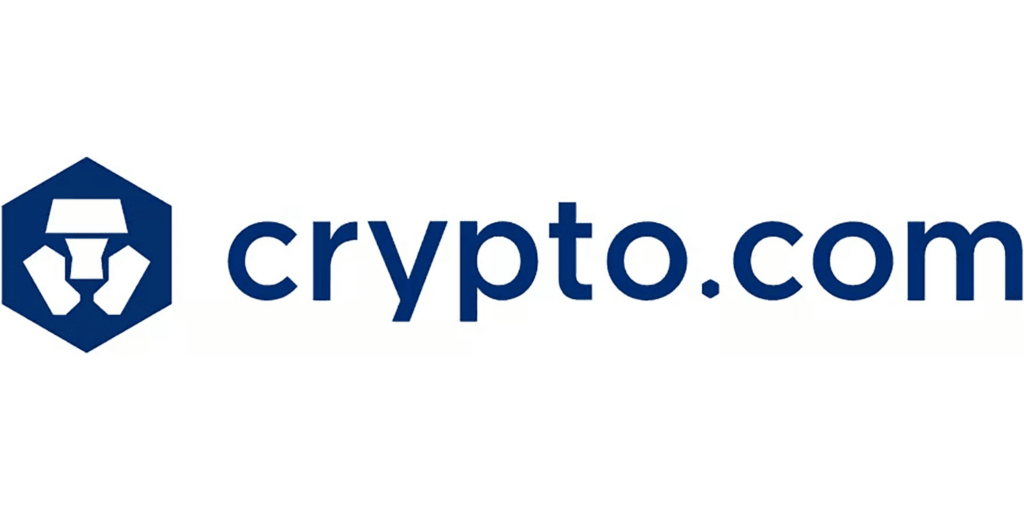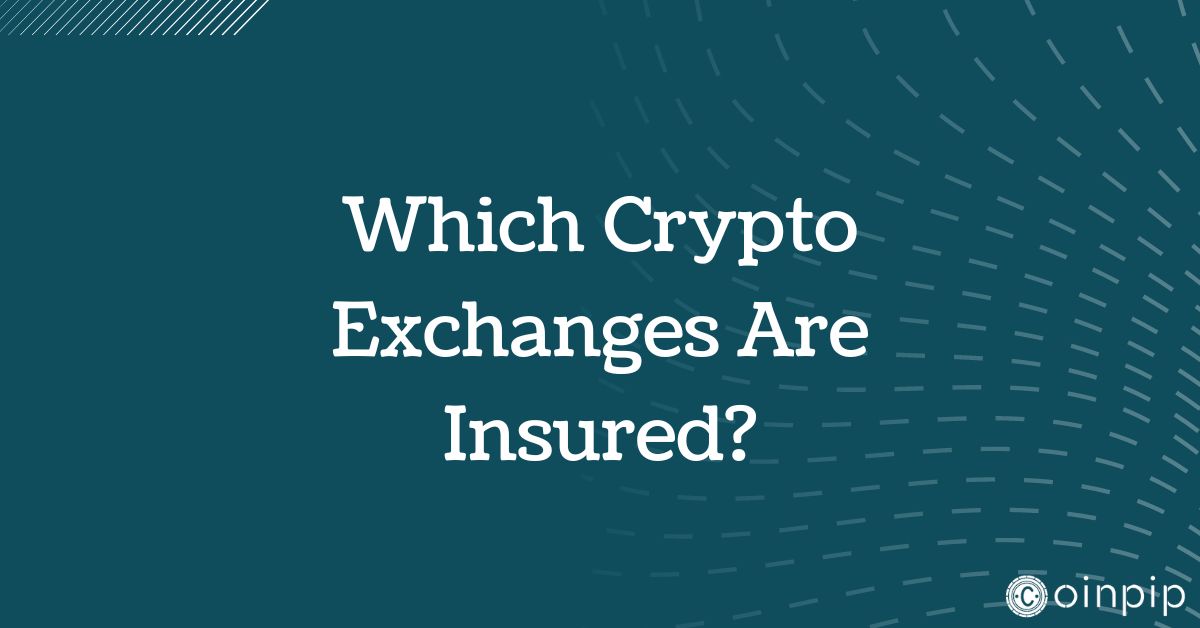Which Crypto Exchanges Are Insured In [2024]
When you’re exploring the realm of cryptocurrency, the safety of your investments is paramount. Insured crypto exchanges offer an additional layer of security aligning with traditional financial systems’ norms.
Given the volatile nature of digital currencies, insurance can safeguard against unexpected scenarios, such as exchange hacks or operational malfunctions.
Select crypto exchanges have taken steps to ensure their accounts, providing users like you with confidence while engaging with their platforms.
Understanding which exchanges offer insurance is crucial to making informed decisions if you’re seeking to mitigate risks.
However, it’s essential to recognize that insurance policies and coverage limits can vary significantly across platforms.
For instance, prominent exchanges may have insurance policies to protect against specific perils, including theft from hacking incidents.
Nonetheless, these policies may not cover losses from market volatility or unauthorized access to your account due to personal security lapses.
You should be aware that while insurance on exchanges adds a layer of protection, it does not encompass all the risks associated with cryptocurrency trading.
Understanding Crypto Exchange Insurance
Crypto exchange insurance protects your assets against specific risks, such as online thefts, hacking incidents, and fraudulent activities by exchange personnel.
It acts as a safety net, ensuring that your investments are safeguarded to some extent from unauthorized access and cyber-attacks.
While exchange insurance may cover such events, you must know its limitations. For instance, insurance typically does not cover:
- Losses due to market volatility: Fluctuations in the value of cryptocurrencies are not protected under exchange insurance.
- Issues inherent to blockchain technology: The policy coverage does not include problems like blockchain failure or losses from intelligent contract vulnerabilities.
Insurance policies may vary in terms of coverage scope and limits. Therefore, assess and understand the specific terms of an insurance policy detailed by a crypto exchange.
| Coverage | Included | Not Included |
|---|---|---|
| Online Thefts | ✅ Electronic breaches, unauthorized transactions | ❌ Market losses from trading |
| Hacking | ✅ Security breaches leading to loss of digital assets | ❌ Failures in underlying blockchain technology |
| Internal Fraud | ✅ Dishonest acts by employees of the exchange | ❌ Losses due to user errors |
Your vigilance is crucial, and while insurance can provide some assurances, it cannot compensate for all types of losses.
Engage with insured exchanges to enhance the security of your digital assets, but remain informed about the extents and exclusions of such insurance policies.
Which Crypto Exchanges Are Insured? (Insured Crypto Exchanges)
When you select a crypto exchange, one key factor you might consider is whether your assets are insured in the event of a theft or a cyber-attack. The following exchanges offer some level of insurance to protect your investments.
#1. Coinbase

Coinbase provides an insurance policy that covers any crypto stored on behalf of their customers. In the case of a breach of Coinbase’s physical security, cyber security, or employee theft, your digital assets are protected.
#2. Gemini

Gemini takes security seriously, employing a combination of insurance coverage and robust security measures. Your digital assets in their online hot wallet are insured against certain losses, including theft.
#3. Kraken

Kraken, known for its extensive security measures, ensures that a portion of its assets is covered by an insurance policy that protects against theft from hacking.
#4. Bitstamp

Bitstamp safeguards its assets with an insurance policy covering various incidents, including employee dishonesty, fraudulent transfers, and loss resulting from hacking.
#5. Crypto.com

Crypto.com offers insurance on cryptocurrencies held in their hot wallets, with a substantial policy that covers losses due to physical damage or destruction and third-party theft.
Always review the terms and specifics of insurance policies, as these can vary greatly and may not cover all loss or damage to your crypto assets.
The Importance of Proof of Reserves
As you navigate the world of cryptocurrency exchanges, understanding the role of Proof of Reserves (PoR) is crucial. Proof of Reserves is a transparency measure and a significant factor for any exchange seeking insurance coverage.
Here’s why:
- Trust: PoR reassures you that an exchange possesses the crypto assets it claims to hold on your behalf. It’s a form of verification that there are enough assets to fulfill withdrawal requests at any time.
- Security: With PoR, exchanges showcase their operational integrity. This is vital since it reduces the risk for underwriters and could lead to better insurance terms.
- Verification: Independent third-party audits are typically involved in the PoR process. This enhances credibility as these audits confirm the existence and sufficiency of assets, reducing the chance of discrepancies.
- Market Stability: By verifying assets, PoR contributes to the overall stability of the cryptocurrency market. It checks against insolvency risks, which can be catastrophic for users and the industry.
Table of essential PoR elements:
| Element | Role in PoR |
|---|---|
| Third-Party Audits | Confirm the existence of reserves |
| Customer Liabilities | List of customer deposits |
| Asset Records | Ensure assets meet liabilities |
Cryptocurrency exchanges that effectively employ Proof of Reserves can demonstrate their financial solidity.
Consequently, this makes them more likely to secure comprehensive insurance policies, which affords you an added layer of protection as an investor or trader.
Remember, in the volatile field of digital assets, the assurance provided by PoR is indispensable.
Challenges in Insuring Crypto Exchanges
When you explore insuring crypto exchanges, you encounter a landscape marked by high volatility and nascent norms.
One primary concern is the fluidity of cryptocurrency value.
Its large price swings create difficulty for insurers in assessing risk accurately and setting premiums. Crypto exchanges can see their total holdings’ worth fluctuate wildly, …posing significant challenges for underwriters.
Another critical factor is the absence of standardized regulatory frameworks. Across nations, the legal status of digital currencies can differ, and there is an ongoing debate about how they should be classified.
This regulatory ambiguity complicates the creation of universally applicable insurance policies.
The emerging nature of the crypto industry also means that historical data, which is critical in insurance assessments, is limited.
Insurers depend on such data to predict risks, but with crypto, the track record is too short to draw reliable conclusions.
Cybersecurity is yet another hurdle. Crypto exchanges are notable targets for hackers, given the digital nature of assets. Ensuring robust security measures and constantly evolving them are essential, but providing coverage for cyber theft is a complex issue.
Lastly, the scope of insurance is often constrained. While some policies cover assets in hot wallets (connected to the internet), they may not cover those in cold storage (offline).
Key points to remember:
- Volatility: Insurance models struggle with pricing due to fluctuating crypto values.
- Regulatory Uncertainty: Policy coverage terms can’t be standardized without unified laws.
- Limited Data: Insurers lack sufficient historical trends for informed risk evaluation.
- Cybersecurity Risks: High rates of theft and fraud present distinctive insurance obstacles.
- Coverage Limitations: Insurance may not protect all types of crypto storage.
As you consider insurance options, these layers of complexity underscore the importance of careful evaluation and due diligence.
How to Verify Exchange Insurance
When exploring the insurance status of a cryptocurrency exchange, start with the exchange’s official documentation. Reputable exchanges typically display their insurance details transparently on their websites.
Look specifically for terms of coverage, which should detail what is protected, such as digital assets held in hot wallets and to what extent.
Contact customer support for clarification if the information isn’t clear or is incomplete. A reliable exchange should have a dedicated support team ready to explain the scope of their insurance coverage.
Next, verify the insurance provider. If an exchange claims to be insured, it should mention the insurance firm it is partnered with. You can check the insurance firm’s official website to confirm their partnership with the exchange.
Be wary of exchanges that do not disclose their insurer or provide proof of insurance.
You should also review the insurance policy’s limits. It’s crucial to understand the monetary limits of the policy and what it covers.
Some policies may insure against various issues, including cyber attacks, while others may have more limited coverage.
Finally, look for proof of recent claims or statements from the insurance provider, which can further validate the exchange’s insurance status. In an increasingly digital world, the insurer’s press releases or official statements can often confirm credibility.
- Checklist for Verifying Exchange Insurance:
- Confirm the exchange publicly details its insurance coverage.
- Ensure the terms of coverage are specific and comprehensive.
- Contact customer support for any uncertainties.
- Verify the insurance partner through their official channels.
- Assess the policy limits and extent of coverage.
- Look for recent claims or official statements from the insurer.
This due diligence is crucial in ensuring the safety of your digital assets and understanding the level of risk you are undertaking by using a particular exchange.
Frequently Asked Questions
Understanding the specifics of insurance for cryptocurrency exchanges can give you peace of mind when trading digital assets. Here’s what you need to know about how coverage works and which platforms are deemed the safest in particular regions, such as Australia.
How does insurance work for cryptocurrency exchanges?
Cryptocurrency exchanges typically secure insurance to protect against the loss of digital assets due to theft, hacking, or other security breaches.
This insurance helps mitigate financial risks and provides a safeguard for both the exchanges and individual account holders.
For example, certain insurers or partnerships, like Lloyd’s with Coincover, as reported in 2020, offer services to cover assets in hot wallets.
What is the safest crypto exchange in Australia?
In Australia, crypto exchanges that prioritize security and have insurance policies are considered the safest.
While specific exchange names are subject to change and their insurance status can vary, checking if an exchange has a strong track record, adherence to local regulations, and confirmation of an insurance policy to protect your assets is recommended.
Conclusion
Before initiating transactions or deposits, reviewing an exchange’s insurance details and understanding the extent of coverage provided is advisable.
Regulatory statements and press releases from the exchanges can offer insights into their insurance provisions. Doing so ensures that your venture into digital currencies is backed by a security measure reflective of your risk appetite and investment goals.
When trading cryptocurrencies, you have options among exchanges with insurance policies.
For instance, some exchanges offer insurance to cover losses from security breaches or hacks within their platforms—these aim to protect the exchange and users alike.
It is essential to verify the specifics of these policies, as coverage can differ widely. Notably, London-based insurance firm Lloyd’s partnered with Coincover to insure crypto assets in hot wallets, providing protection.
Remember: Although some exchanges are insured, it’s crucial to understand what their policies cover. Insurance often has limitations and won’t cover every scenario. You should thoroughly review the terms and decide if the level of coverage aligns with your risk tolerance.
As for potential rewards, cryptocurrency’s volatile nature presents profit opportunities. But with these potential rewards come risks.
Hackings, operational mishaps, and regulatory changes are potential hazards that can affect your assets. Insurance is one method to mitigate these risks, but it is not an all-encompassing solution.
In sum, do not make assumptions about coverage when choosing an insured exchange. Diligently research to ensure that you’re informed about the following:
- What is covered: Not all insurance policies are comprehensive.
- What is not covered: Coverage exclusions can have substantial implications.
- The insurer’s reputation: Trustworthy insurers add credibility to the insurance offered.
By staying informed, you enhance your trading safety net on these exchanges.







![How Much Do Crypto Exchanges Make In A Day [2024]](https://www.coinpip.com/wp-content/uploads/2024/05/How-Much-Do-Crypto-Exchanges-Make-In-A-Day-768x402.jpg)